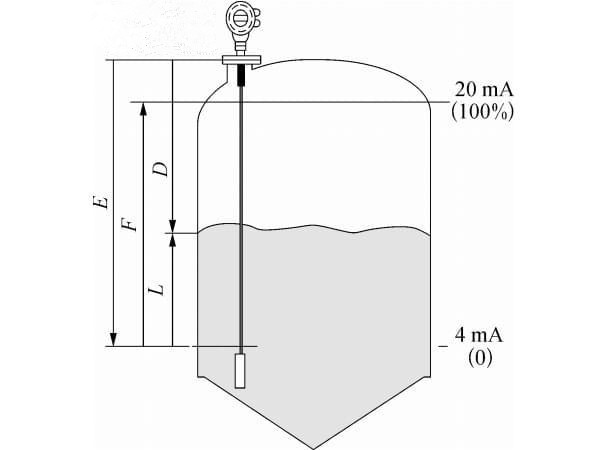A radar level meter is a kind of non-contact liquid level measuring instrument using microwave measurement technology. With the continuous development of the petrochemical industry, the application of radar level meters is becoming more and more widespread, and its high-precision features have been certified by international metrology institutions to meet the material measurement requirements of trade handover.
A radar level meter is using ultra-high frequency electromagnetic waves to transmit to the liquid level of the measured vessel through the antenna, it has two working modes, corresponding to two measuring principles.

The first is the pulse microwave approach, this approach is a “look-down” time travel measurement system, measuring the emission of a fixed frequency of microwave pulses, the surface of the material to be measured after the reflection received by the radar system.
The antenna receives the reflected microwave pulse and transmits it to the electronic circuit, the microprocessor processes the signal, identifies the echo generated by the microwave pulse on the surface of the material, calculates the level accordingly, and converts the measured level distance proportional to the time into an electrical signal.

The second is the FM continuous wave method, the microwave source of this way of radar level meter is the X-band voltage controlled oscillator, the microwave transmitted by the antenna is a continuous wave whose frequency is linearly modulated, when the return wave is received by the antenna, the microwave transmission frequency has changed.
The difference in frequency between the emitted wave and the return wave is proportional to the distance from the antenna to the liquid surface, which is used to calculate the liquid level height. After the signal amplifier and the digital signal processor, the difference frequency signal of the transmitting wave and the return wave is converted to the spectral characteristics of the difference frequency signal by A/D conversion and Fourier transform, and then calculated by the microprocessor of the instrument, and finally converted to an electrical signal proportional to the measured liquid level.
Radar level meters based on both measuring principles are now available with an accuracy of 1 m m and higher over a wide temperature range.
The manufacturers of radar level meters offer both industrial control grade radar and trade metering grade radar in their product range.
